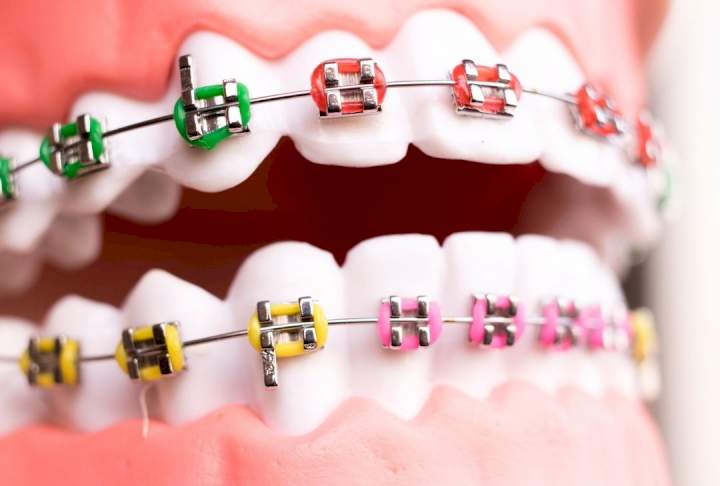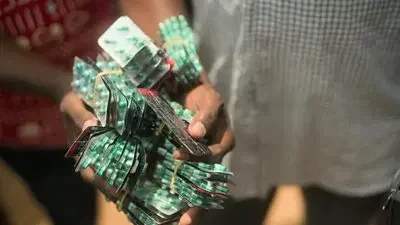
A smile is filled with a glint, especially with the right set of dentition; the arrangement of the teeth. The dentition is a basic structure that forms the appearance of the face that makes the face pleasant to look at or otherwise.
Why do people go for braces you might ask? Braces are used to reposition the dentitions, aligning the teeth which in turn make the face, the jawline and the mouth more symmetrical. Yet, sometimes, braces are fixed for the mere fun of it; where such people find it fashionable and other concerns such as using the braces to shed weight.
Not all are naturally gifted with a set of dentitions that others die for. Varying complications like excess space in the teeth, crowding, underbite, open bite and overbite are some of the noteworthy concerns that drive people to fix braces. As a result, the ones with some form of deformity to their dentition referred to as 'Malocclusion', find themselves in the dentist chair.
Thankfully, this inappropriate placement of the teeth arrangement is something the dentist, particularly the orthodontist can fix.
Besides the above-listed reasons like sucking of the thumb, tongue thrusting and even using pacifiers above the age of 3 plus the extended use of bottles can cause the inappropriate overlapping of the teeth.
In the quest to fix up what nature didn't get right, some go for braces and catching it young will be better. Getting braces at the ages of 10-14 is appropriate because the jaw of a young individual is more flexible to repositioning than that of an adult.

Choosing your braces
People who choose braces sometimes have aesthetic concerns. As such, there are several colours of braces to suit both light and dark skin tones. At the same time, opting for darker colours will create the illusion of white teeth.
As there are different colours to suit the artistic concerns of users, there are also several braces that cater to the different medical concerns of malocclusion. They are metal braces, which is the most popular and traditional form of braces that is also fairly cheaper than other forms of braces. These other forms of braces are ceramic braces, lingual braces, self-ligating braces and clear aligners known as Invisalign.
Things to consider
The pros and cons of these options of braces need to be considered before making that big decision.
For instance, metal braces, as already stated, are cheap, durable and can be relied on to get the job of straightening the teeth done. In recent times, they have become smaller to fit smoothly in the mouth and come in different colours. However, there have been several complaints such as sores in the mouth, foods getting entrapped in the braces. Additionally, the worries are the occasional stop at the orthodontist to tighten the braces.
Ceramic braces: One of the perks of this type of braces is its invisibility- the ability to blend with the dentition. Unlike the metal braces that are obvious with a smile, the ceramic braces leave you second-guessing. Hence the advantages of ceramics influence the expensive rate of ceramic braces. However, the brackets can get stained if hygiene isn't top-notch and possibly tint the teeth.
Invisalign: This is great for adults and kids alike, and gives the chance to eat and drink without much concern. It consists of a custom-made mouthguard similar to aligners and is easy to clean. They can be removed to be cleaned. On the downside, they're more expensive and are not suitable for serious dental issues.
Lingual braces: With this type of braces, they are inserted from the inside, that way they are not seen from the outside and are less painful. Another plus side is that the visits to the doctor's office are few. Yet, the clear minus is that they are hard to clean since they are placed from the inside. Further, it can't meet the needs of all teeth alignment problems.


















Comments